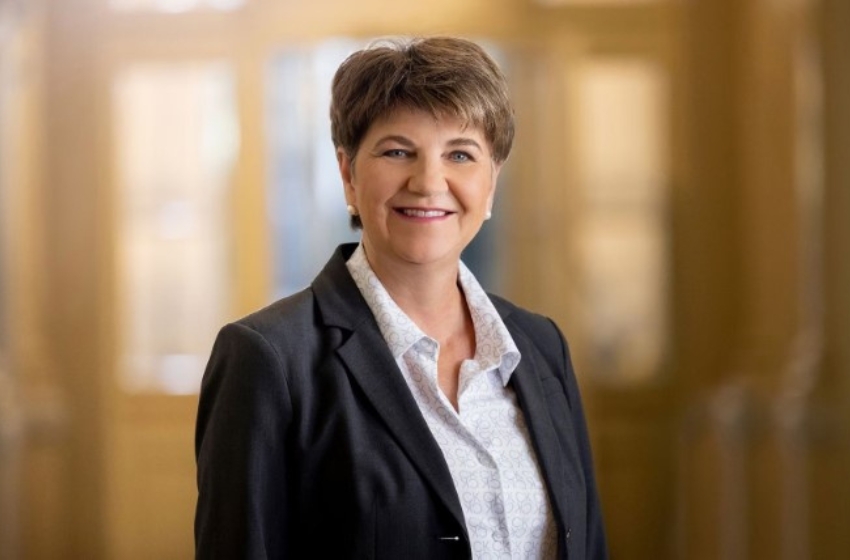The Philippines is once again abuzz with the Marcos family’s wealth—the so-called “Marcos Gold.” With the advent of President Ferdinand “Bongbong” Marcos Jr.’s administration, questions about the Swiss Foundations that have long been linked to their family seem to have been revived. And now, amid the massive Php310.74 billion worth of investment from Switzerland to the Philippines, many are asking—is this a legitimate investment, or is there a deeper story behind it?
The Sandiganbayan’s Findings

Based on the report of the Sandiganbayan Fifth Division , it was discovered that the Marcos family is the main beneficiary of seven (7) Swiss foundations established by former President Ferdinand Marcos Sr. and former First Lady Imelda Marcos.
These are: Maler Establishment, Trinidad Foundation, Rayby Foundation, Palmy Foundation, Vibur Foundation, Aguamina Foundation, and Avertina Foundation.
According to the verdict, Imelda Marcos allegedly used these foundations to transfer government funds to Switzerland and disguise them as private wealth. As a result, she was convicted of seven counts of graft in 2018 , and was banned from holding any public office for life—although the case went all the way to the Supreme Court.
But even before the verdict took effect, a controversial statement was made:
“Don’t kill me, I’m the only one who knows where the gold is hidden in Switzerland,”
Imelda Marcos allegedly told one of her defenders. Since then, “Marcos Gold” has become a legend.
The Mystery of Marcos Gold

For decades, the so-called Marcos Gold —a vast fortune allegedly deposited in Swiss banks—has been the subject of documentaries and investigations.
According to the Marcos family, the gold was the personal property of Ferdinand Marcos before he became President, the result of legal transactions and payments from projects in the 1940s and 1950s.
But according to government reports and the Presidential Commission on Good Government (PCGG), a large portion of those deposits were considered ill-gotten wealth —wealths acquired through corruption and abuse of power during the Martial Law era.
To this day, the puzzle remains: is it true that Marcos Gold exists?
And if so, who controls it now?
The Big Question: Why Switzerland?

Switzerland has long been known as a “banking haven” — a safe and secret place for the money of the rich and powerful. But in 2025, it suddenly committed nearly Php310.74 billion to renewable energy and digital infrastructure projects in the Philippines — something that is extremely rare for this conservative country.
Many say this is just a simple foreign investment , the result of the diplomatic skills of President Ferdinand Marcos Jr.
But for others, it seems to be a “covert withdrawal” —a quiet way to get the so-called Marcos Gold out of Swiss banks , through investment agreements.
Investment o Withdrawal?
If we examine the data, it is clear that Switzerland’s participation in green projects has been increasing under the Marcos Jr. administration.
Under Executive Order No. 18 , the President accelerated the approval process for strategic investments in the country. As a result, the Philippines has become more “investor-friendly” and has attracted the attention of foreign corporations.
But the timing of the entry of the large Swiss investment is undeniably puzzling.
Why now?
Why under the son of the former President who has long been linked to Swiss foundations?
Some analysts say this is “economic redemption” for the Marcos family—a way to prove that wealth that was previously labeled “ill-gotten” can now be used for the country’s development.
But for others, it is “strategic laundering” —the gradual return of wealth to the country under a different guise.
The Power of President Marcos Jr. in Switzerland
PBBM ‘s diplomatic skills are undeniable .
Through summits, state visits, and economic forums, he has managed to restore the trust of foreign investors, including Swiss investors.
In his economic roadmap , the country’s direction is clear towards renewable energy, digital transformation, and infrastructure development.
But above all, he knows how to play “soft power” — using the influence and name of his family as a brand of stability and continuity.
This is perhaps President Marcos Jr.’s “ace” in the Swiss institutions that once housed his family’s secrets.
A Call and Prayer
At the end of all the discussions, the challenge remains:
Whether it is an investment or a covert withdrawal, how will it benefit the Filipino people?
The true wealth of the country should not remain secret in foreign banks, but rather be used to uplift the livelihood of the people.
Matthew 6:21 says :
“For where your treasure is, there your heart will be also.”
If these resources are used properly, it could be the beginning of a new era for the Philippines—a period of change, hope, and unity.
But if it again turns to greed, history may only repeat the wounds of the past.
Ultimately, the real Marcos Gold is not in Swiss banks—it is in the hearts of Filipinos who continue to hope for justice, truth, and progress.